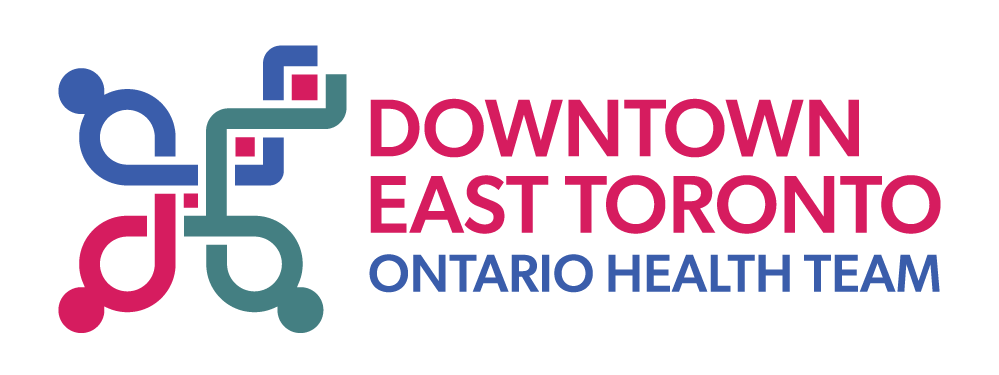We engaged in a dialogue with Julian Goss, a design strategy consultant with the Downtown East Toronto Ontario Health Team (DET OHT) Lower-Limb Preservation (LLP) project. Goss specializes in incorporating design thinking, process, and practice into healthcare strategies. He played an instrumental role in defining key elements of lower limb care, and helped integrate these elements to develop a client-focused design for the LLP pathway. During this discussion, Goss shared his thoughts on the model’s strengths, feasibility, and scalability.
Looking back, what were some of the initial thoughts and considerations when you and the LLP team were in the process of developing the clinical pathway for lower limb care?
Julian Goss: They were not so much as thoughts, but rather concerns. One of my concerns was, does this pathway reflect feasibility, and what assumptions are we making? After developing a pathway, key stakeholders such as primary care providers, solo providers, chiropodists, or vascular surgeons have a role to play. Once we include them as either means or ends, how do we ensure what we are asking or hoping that they will do is within their capacity – that it is not impossible to do? The other concern was, are we clear on the value of user journey? The values are in a form of five W’s: who is here? What are they doing? Why are they doing it? When in the patient journey or condition is it happening? What level of care needs to happen?
From a design perspective, what insights and outcomes have emerged from the pilot demonstrating the pathway’s scalability?
Julian Goss: The pilot demonstrates the feasibility and scalability of the pathway, which has become an integrative pathway, leading to a big AHA! moment. We realized that ‘screening and prevention’ and ‘escalation of care’ is a continuum. Although they could exist in parallel for different circumstances, they are essentially a continuum. So I have been working under the assumption that once we can tell Ontario Health what we did, how we did it, and the results we have accomplished, we can say that this is now scalable and this is what we need. There is always some kind of resource, like time or money. Hopefully, we have got a very strong value proposition and its impact is cost effective. Preventing someone from losing a lower limb is a lot cheaper than dealing with someone with an ongoing condition of having an amputation.
As a process design expert, could you share your insights on what typically occurs in a complex system like health care that takes away from the clients’ pathway?
Julian Goss: I can give you a couple of design-situated perspectives. First, the solution that we came up with is not just a pathway. The differentiator in this pathway is what we built underneath – the communications structures, connectivity, and conceptual clarity. When you come across a beautiful, simple design, it is tip of the iceberg. The undergirding of a structure that enables it to function is systemic thinking. One of the many problems that healthcare shares with other sectors and organizations is having a complex adaptive system – meaning, it constantly changes and shifts. However, like most organizations, healthcare is working on a good, static organizational framework, which will always lag behind what is really going on.
Secondly, design has a lot to do with subjectivity, particularly product design where you have to work in the head of a consumer – know what they think about, what they need, and how they react. However, in healthcare, there is no guarantee that the nurses and physicians will see the problem on the same scale as we are seeing it. They will look at it with the lens of their capacities and training. A design expert tries to acknowledge that and create a shared mental model of the larger perspectives.
In conclusion, would you like to add something or share a key takeaway from our conversation?
Julian Goss: It is really important to share with everyone involved in the project and tell them, we did good work here – thank you! The other thing I am curious about is when we present our story to Ontario Health, I would be really interested in knowing whether they can look at something like this and resonate with this approach; when we tell them we pulled in a design capacity and it helped us arrive at an apparently simple solution. But the real secret sauce – the magic ingredient – was the structure underneath the pathway.

Leave a Reply